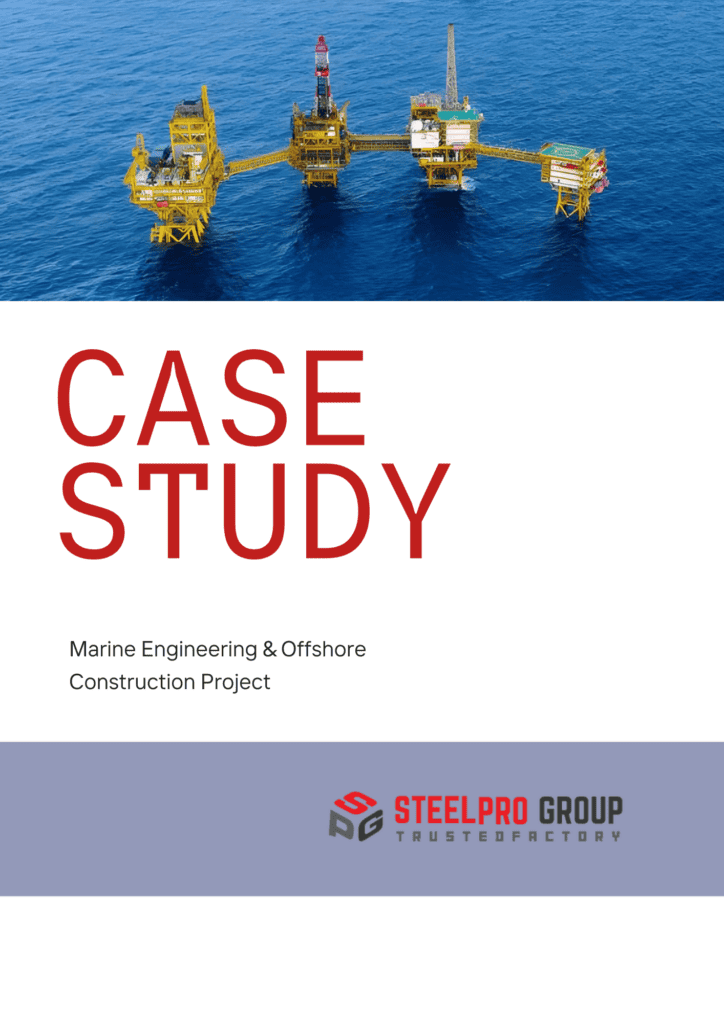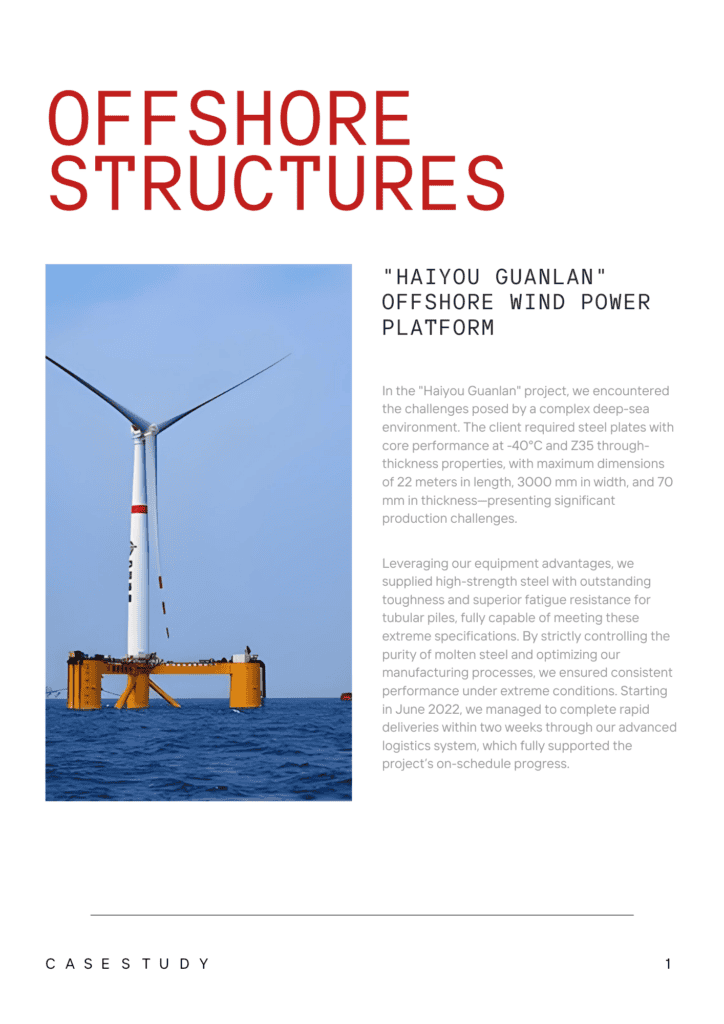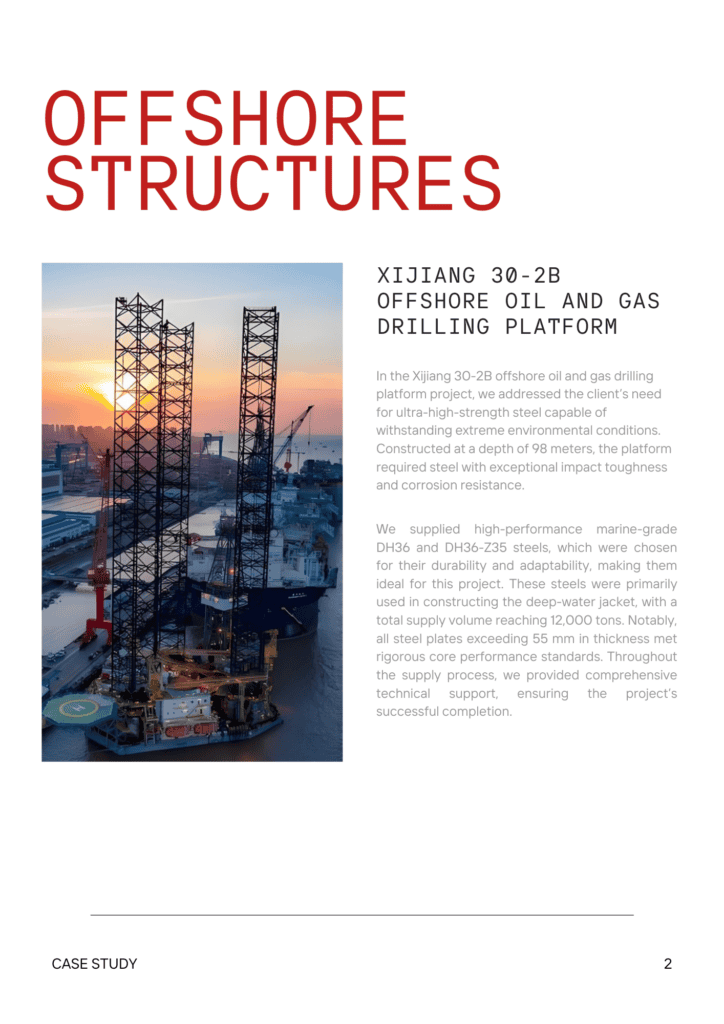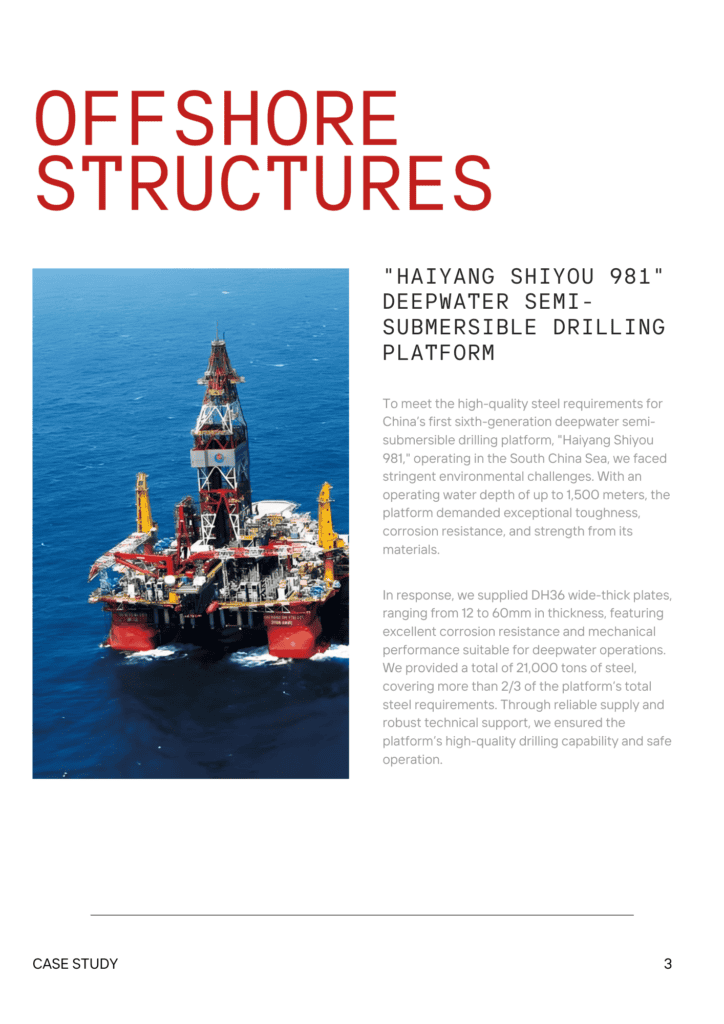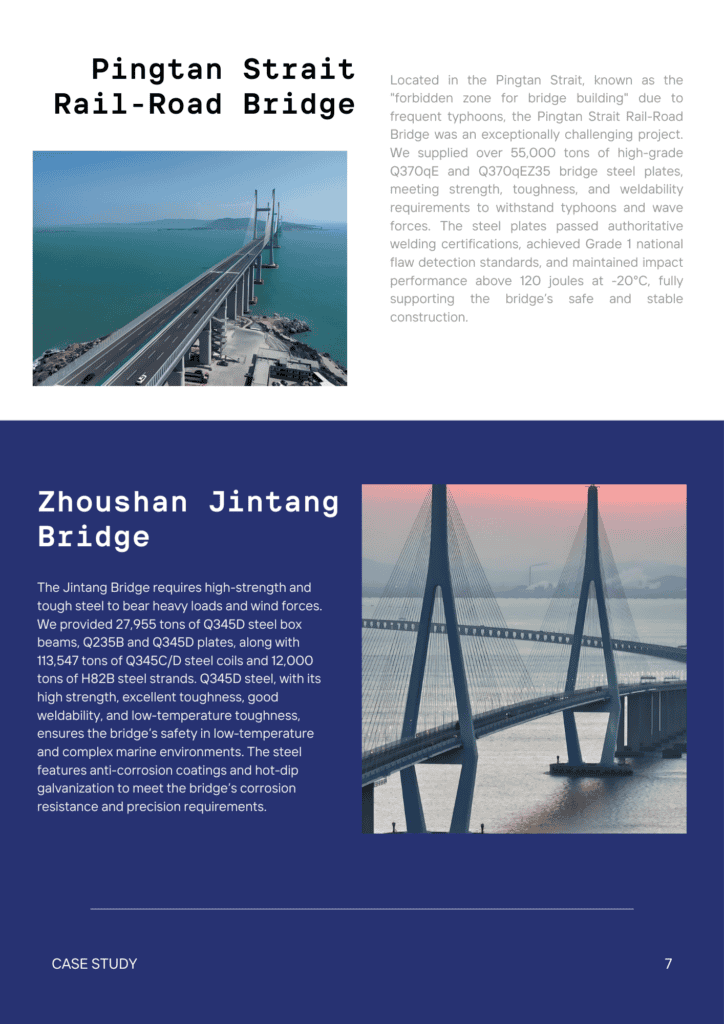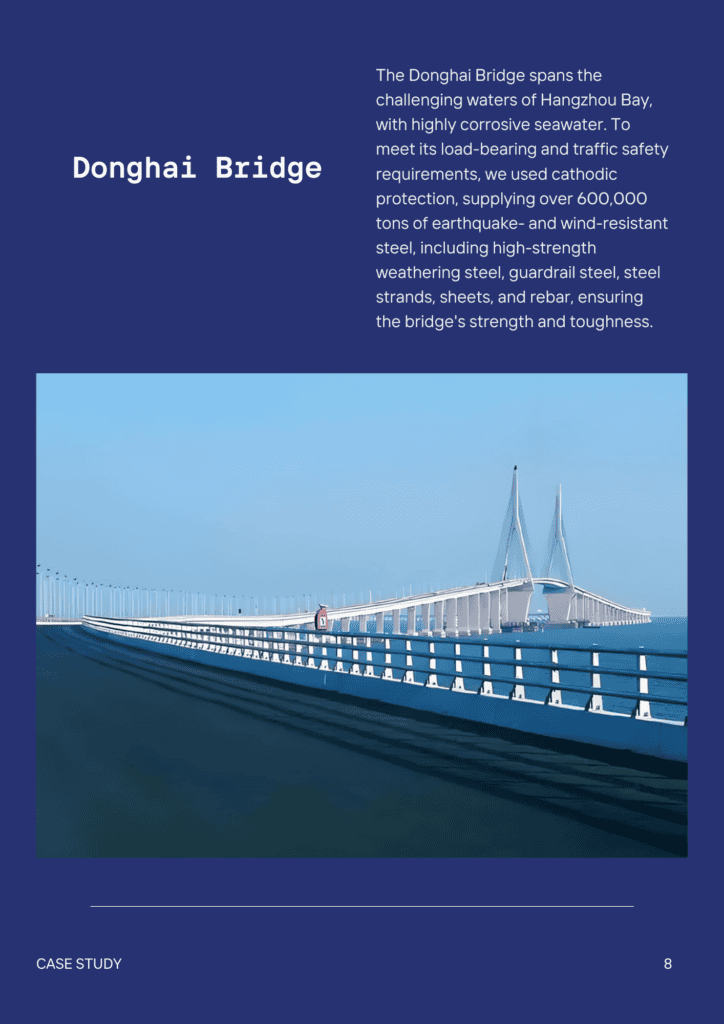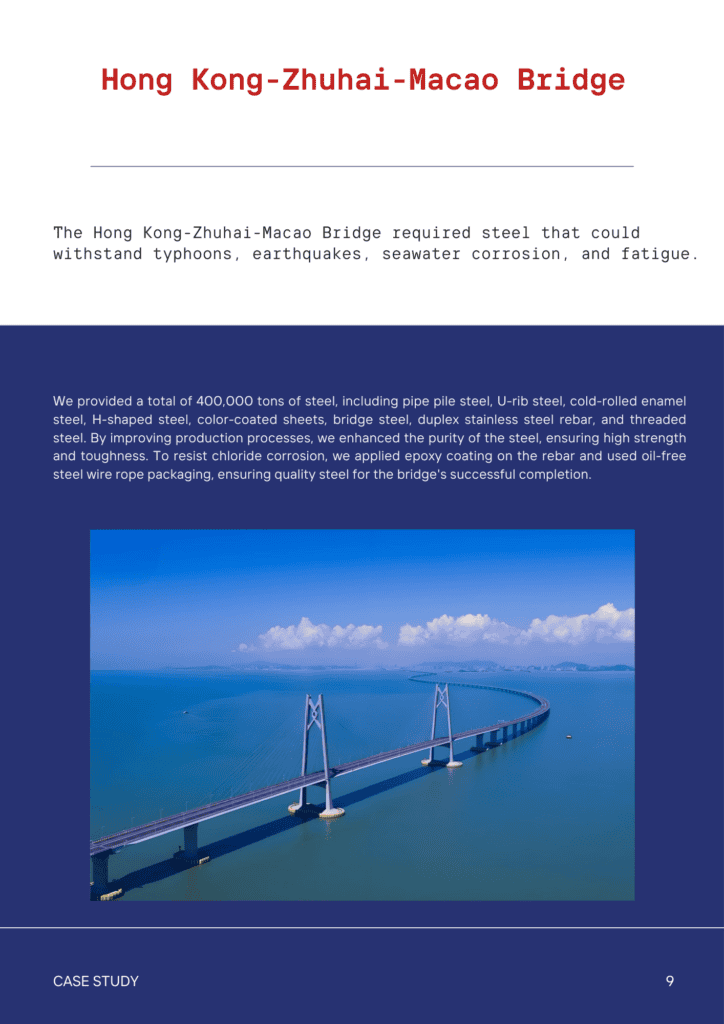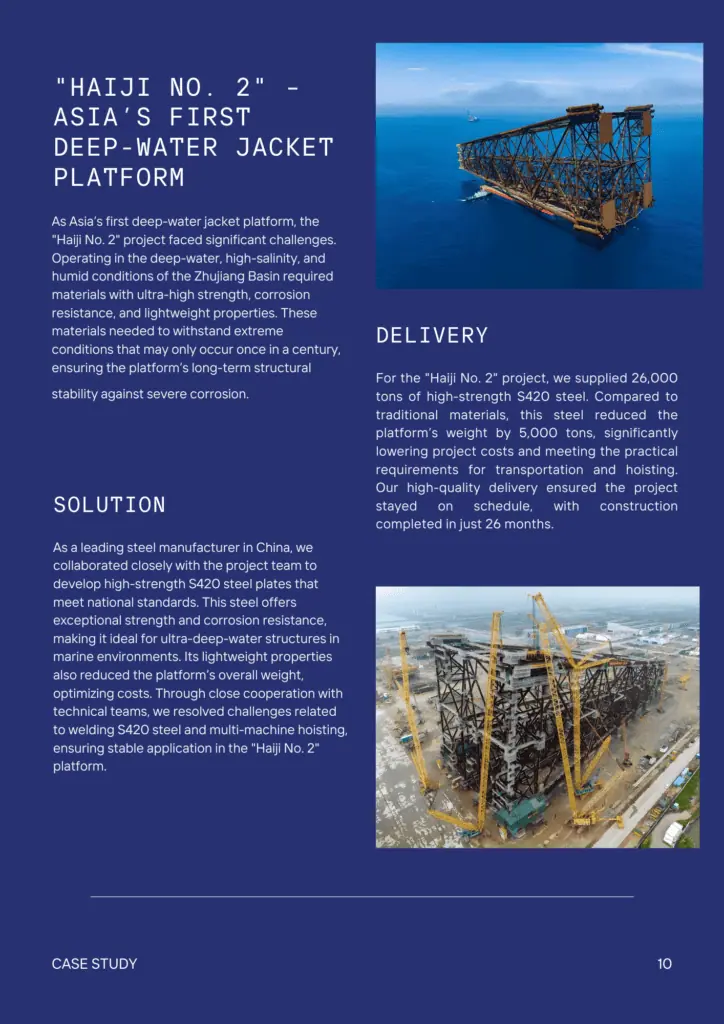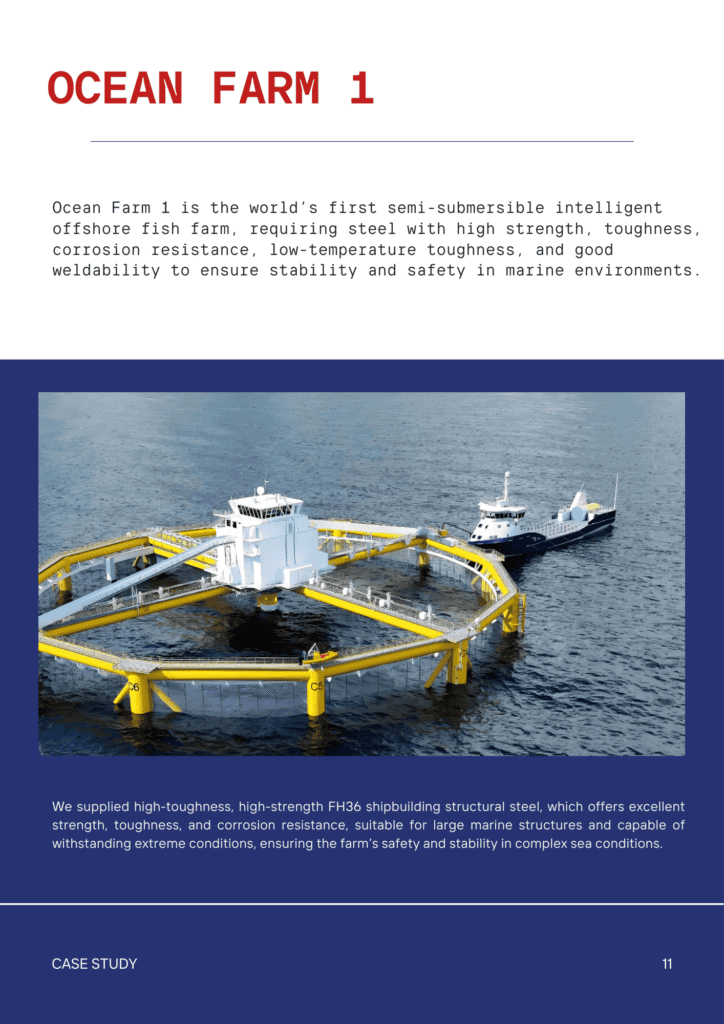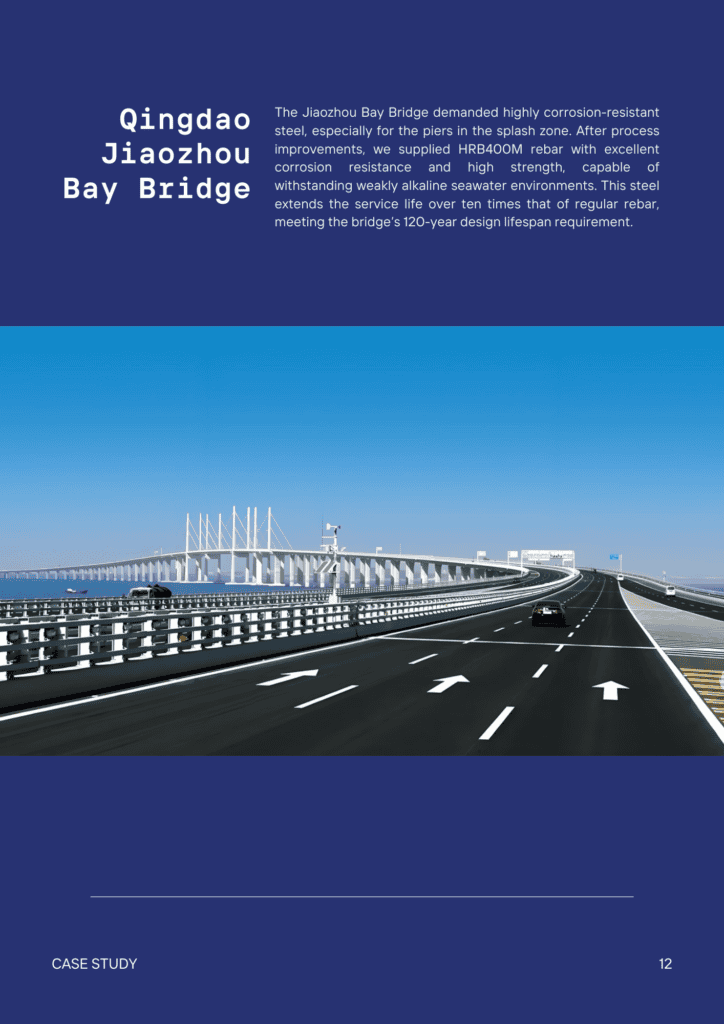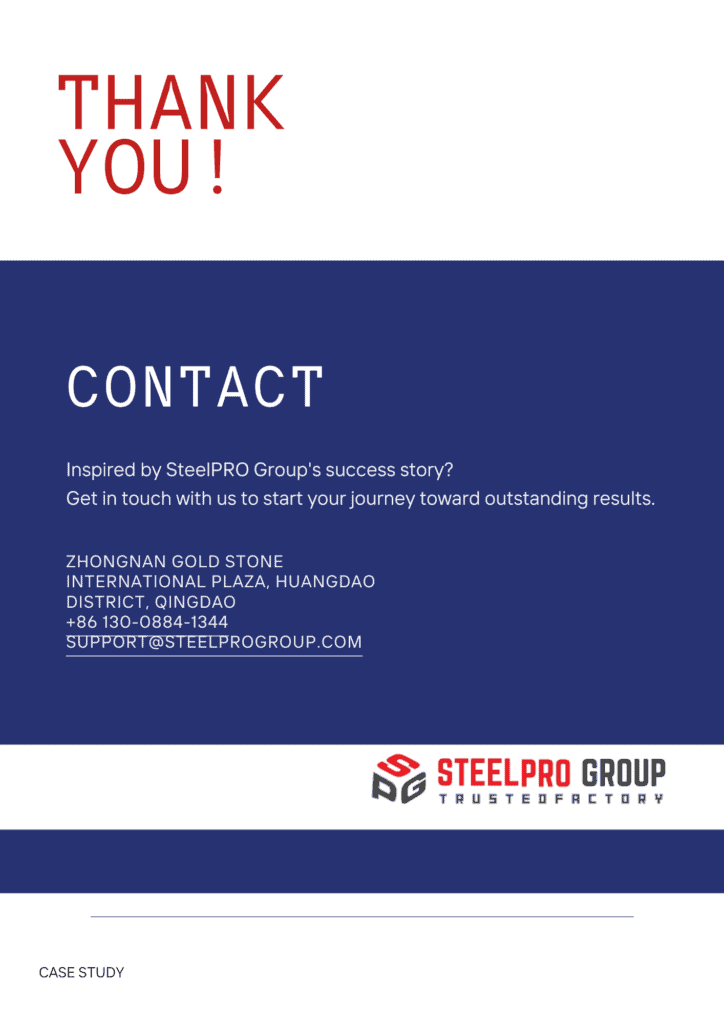Contents
What Is PPGI: Definition, Characteristics, and Applications
- John

GI, originally short for Galvanized Iron, traditionally referred to electro-galvanized iron but now generally means galvanized steel. PPGI is an advanced form of GI, enhancing its performance with additional layers.
This article covers the fundamentals of PPGI, including its meaning, key features, and common uses. It also outlines the distinctions between PPGI and PPGL, providing a complete understanding of where each material excels.
What Is PPGI Material?
PPGI, or Pre-Painted Galvanized Iron, also known as color-coated galvanized steel, is galvanized steel pre-painted before shaping. It meets ASTM A755, EN 10169, and GB/T 12754 standards. PPGI resists corrosion, weather, and UV rays, offering excellent color durability and a smooth surface finish. It’s widely used in construction, appliances, furniture, and automotive parts and is mainly available in coil and sheet forms.
Characteristics and Properties of PPGI Steel
Corrosion Resistance
PPGI is highly corrosion-resistant, thanks to its galvanized zinc coating and protective paint layers. The zinc layer shields the steel and provides sacrificial protection if scratched. The paint layers further seal the steel, shielding it from moisture, chemicals, and UV exposure. This makes PPGI durable and reliable in challenging environments, maintaining its integrity and visual appeal over an extended period.
Durability and Lifespan
PPGI is built for long-term use. Its multiple coating layers provide strong resistance to corrosion, UV rays, and weathering, helping the steel withstand rust and fading over time. With quality production, PPGI can maintain its durability and appearance for years, reducing maintenance needs and extending the lifespan of structures.
Flexibility and Formability
PPGI’s flexibility and formability make it highly versatile. The zinc layer is engineered to bend without losing its protective properties. The paint layer, designed for elasticity, remains intact during bending, supported by a primer that prevents cracking or peeling. This layered structure ensures that PPGI retains both durability and appearance in demanding applications.
Aesthetic Versatility
PPGI provides versatile aesthetic options with different colors, surface textures, and finishes. Its coating enhances both appearance and durability, with resistance to UV rays ensuring vibrant and lasting colors over time. This versatility makes PPGI ideal for projects requiring both protection and visual appeal.
Cost
PPGI’s cost balances its durability, aesthetic value, and protection. Though the cost is initially higher than uncoated steel, its longevity and low maintenance reduce overall expenses. Its corrosion resistance lowers replacement costs, making it cost-effective for demanding environments.
Applications of PPGI
Construction: Used extensively for roofing, wall cladding, and facades, offering durability and weather resistance while enhancing building aesthetics.
Home Appliances: Ideal for products like refrigerators, washing machines, and air conditioners due to its smooth finish and rust resistance.
Automotive: Applied to automotive parts exposed to moisture and chemicals, providing essential corrosion protection.
Furniture: Common in cabinets, storage units, and other metal furniture where durability and an attractive finish are needed.
Signage and Advertising Boards: Excellent for outdoor signs due to color stability and weather resistance, maintaining appearance over time.
PPGI Coils and Sheets
What Are PPGI Coils?
PPGI Coils are continuous rolls of pre-painted galvanized steel, typically used for large-scale applications. Their roll form allows for easy transportation and efficient storage. Coils offer versatility in processing, as they can be cut, shaped, or formed into various products like roofing, wall panels, and appliances. They are ideal for projects needing large quantities of material with consistent quality and color.
What Are PPGI Sheets?
PPGI Sheets are flat pieces cut from coils and are often pre-sized for specific applications. They are more convenient to manage and install, making them ideal for smaller-scale projects or intricate tasks. They are commonly used in building construction for exterior cladding, interior wall coverings, and decorative features. Sheets offer the same durability and corrosion resistance as coils but provide added convenience for smaller, ready-to-use applications.
Summary Of Standard Reference Data For PPGI
| Property | Galvanized Steel | Aluminum |
| Melting Point | ~1370°C – 1510°C | ~660°C |
| Thermal Conductivity | ~50 W/m·K | ~235 W/m·K |
| Electrical Conductivity | ~6-7 MS/m | ~36 MS/m |
| Tensile Strength | 370 – 600 MPa (varies with grade) | 70 – 700 MPa (varies with alloy) |
| Yield Strength | 205 – 345 MPa (varies with grade) | 30 – 400 MPa (varies with alloy) |
| Modulus of Elasticity | ~200 GPa | ~69 GPa |
| Thermal Expansion Coefficient | ~11-12 µm/m·K | ~23 µm/m·K |
PPGI vs PPGL Steel
The key difference between PPGI and PPGL is their substrates. PPGI uses a galvanized iron base coated with zinc, suitable for general applications. PPGL uses an aluminum-zinc alloy base (around 55% aluminum and 43.4% zinc), offering superior durability in corrosive environments. Thus, PPGI is ideal for standard uses, while PPGL is favored for demanding conditions requiring an extended lifespan.
Corrosion Resistance
PPGL outperforms PPGI in corrosion resistance.
The aluminum-zinc alloy in PPGL forms a durable protective layer that shields the steel substrate more effectively by reflecting and slowing corrosion agents. Aluminum in the alloy acts as a barrier, preventing rapid rust formation and providing longer-lasting protection.
PPGI, with its pure zinc coating, offers solid corrosion resistance but is less durable in extreme conditions, as zinc alone doesn’t create as robust a barrier against corrosive elements.
Strength
For the same thickness, PPGL is inherently stronger than PPGI.
The aluminum-zinc alloy layer in PPGL provides added rigidity, as aluminum has a smaller density than zinc, resulting in a denser, more resilient coating. This makes PPGL particularly suitable for applications where structural integrity is essential.
In contrast, PPGI, with its pure zinc coating, has moderate strength that is sufficient for standard uses but lacks the enhanced rigidity of PPGL.
Formability
Both PPGI and PPGL offer good formability, but PPGI tends to be slightly easier to work with.
The pure zinc layer on PPGI provides better flexibility during bending and shaping, which can be advantageous in applications requiring intricate forms.
PPGL, while still formable, has a stiffer aluminum-zinc layer that may limit its adaptability in complex shapes.
Cost
PPGI is generally more affordable than PPGL, as the zinc-only coating is less costly to produce than the aluminum-zinc alloy coating used in PPGL. This makes PPGI a more budget-friendly choice for standard applications, while PPGL’s higher cost is often justified by its performance in harsher environments.
Conclusion
PPGI is cost-effective and flexible, making it suitable for standard applications. PPGL, with its higher corrosion resistance and strength, is preferred for demanding environments requiring long-term durability.
Premium PPGI & PPGL Solutions
Choose Steel Pro Group for top-quality PPGI and PPGL products, where uniform coating thickness and strict standards compliance are guaranteed.



